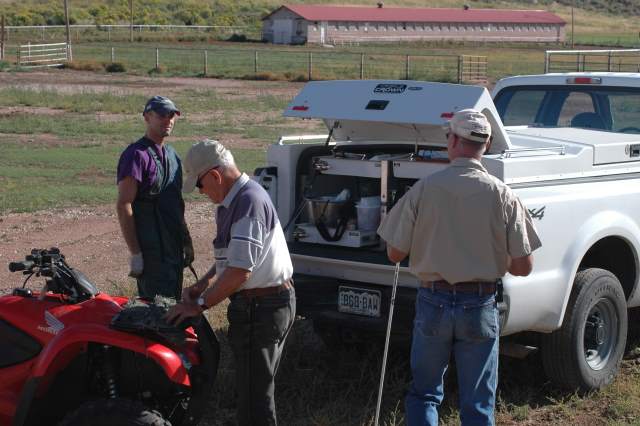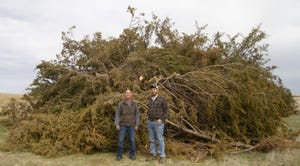Start VFD preparation now
February 3, 2016

Judging by a recently released report from Farm Foundation, plenty of producers need to put the new Veterinary Feed Directive (VFD) regulations on their radar.
According to highlights gleaned from the report, Stewardship of Antimicrobial Drug Use in Food-Producing Animals, “There is a low level of awareness of the impending regulatory changes—particularly among livestock producers with small-to-medium-sized operations. Many veterinarians are not aware of the impending changes.”
Regulations approved last summer—set to go into full effect Jan. 1, 2017—prohibit the use of some antibiotics for some purposes. They also revise the VFD, which is required to administer some antibiotics via feed or water for allowed purposes.
Visiting with private-practice and pharmaceutical veterinarians at the recent Cattle Industry Convention in San Diego, Calif., common advice I walked away with was: “Make sure you have a valid Veterinary Client Patient Relationship (VCPR) with your veterinarian.” This VCPR is required for a veterinarian to issue a VFD.
Some folks developed a VCPR with their veterinarian long ago in the natural course of business. Others find whatever veterinarian happens to be handy during an emergency.
Some states define the VCPR for their veterinarians. Others follow the definition provided by the American Veterinary Medical Association (AVMA). According to AVMA, a VCPR is present when all of the following requirements are met:
The veterinarian has assumed the responsibility for making clinical judgments regarding the health of the patient and the client has agreed to follow the veterinarian’s instructions.
The veterinarian has sufficient knowledge of the patient to initiate at least a general or preliminary diagnosis of the medical condition of the patient. This means that the veterinarian is personally acquainted with the keeping and care of the patient by virtue of a timely examination of the patient by the veterinarian, or medically appropriate and timely visits by the veterinarian to the operation where the patient is managed.
The veterinarian is readily available for follow-up evaluation or has arranged for the following: veterinary emergency coverage and continuing care and treatment.
The veterinarian provides oversight of treatment, compliance and outcome. Patient records are maintained.
“With just 11 months until the final VFD rule is in place, it’s important that every cattle operation start preparations so there are no surprises,” says Kerry Keffaber, DVM, adviser for scientific affairs and policy at Elanco.
Steps Keffaber recommends include:
1. Strengthen relationships with your veterinarian and feed supplier, enlisting their help as you review your operation’s current health protocols.
2. Evaluate the various rations and feeds in your operation, and identify the ones that include shared-class antibiotics affected by VFD rules.
3. Work with your veterinarian and feed supplier to update standard operating procedures (SOPs) for antibiotic use, and begin training employees on the revised SOPs.
4. Mark your calendar to review SOPs at regular intervals, perhaps annually, to ensure that your health protocols remain up to date and effective.
You can find a lot more specific information for producers, veterinarians and feed manufacturers at VFD Central, brought to you by BEEF’s sister publication, Feedstuffs, and Elanco.
In the meantime, if you have questions, visit with your veterinarian.
You might also like:
2016 market outlook: Here's what to expect
A voice of reason in the Bundy-Hammond debate
7 ranching operations awarded top honors for stewardship, sustainability
3 steps for preparing for farm economy downturn
Does it really take six years to cover your costs on a cow? NO!
You May Also Like
.png?width=300&auto=webp&quality=80&disable=upscale)


